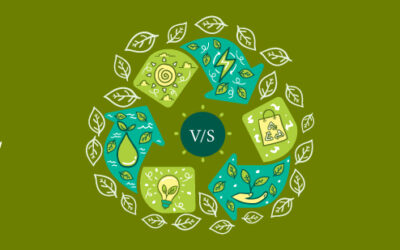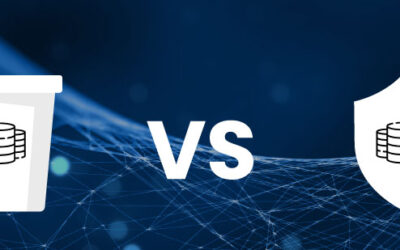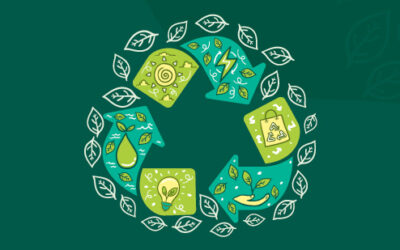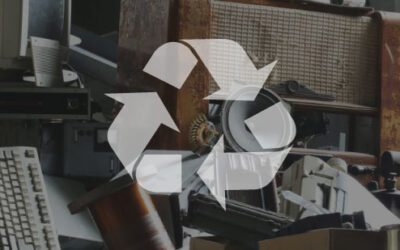What is E-waste? And how do we dispose of e-waste?
Introduction:
Electronics have become indispensable in our daily life. Our very homes are surrounded with laptops, chargers, batteries, TVs, refrigerators, air conditioners, microwaves, and other appliances. With the fast paced technological developments, competitive markets and growing industries, markets keep releasing new products every now and then to keep the consumers enticed to them. In the recent years, not only did we observe an upward trend in consumption of electronics but also the waste generated by them. UN reports show that at least 50 million tonnes of e-waste is generated in a year. In 2021 alone, 57.4 million tonnes of waste was generated which is alarming in many ways. This calls for increased awareness, better waste management, and technology that increases electronics lifecycle.
What is E-Waste?
Electronic waste or E-waste is generated from consumer and industrial electronic products that are discarded because they are broken, outdated and dysfunctional. The surplus trash (e-scraps) needs to be disposed of scrupulously. This is because they contain toxic chemicals and metal that impose environmental and health risks.
List of Major E-Waste Items
Today, every industrial sector and every country contributes to e-waste accumulation. The common types of e-waste items include IT and telecommunication devices, domestic and consumer electronics, solar panels, LED lights, TVs, monitors and screens, temperature exchange equipment, freezer and refrigerators and other cooling devices, vending machines, etc. Medical equipment like ECGs, defibrillators, devices, lab analyses, imaging equipment and other monitoring devices are also found.
Importance of Minimizing E-waste
Bigger quantities of e-waste require more land and secure environments. When left unattended due, it leads to dire consequences. Electronics contain metals and toxic chemicals like lead, mercury, copper, nickel, chromium, cadmium bromine flame retardants, polycyclic aromatic hydrocarbons (PAHs), furan, polychlorinated compounds and harmful organics which make their way into environment causing pollutants and leading to chronic diseases and allergies in animals and plants.
1. Re-evaluate for Recovery of Maximum Value
If you want to get rid of old electronics or IT equipment like severs, sell them to an e-waste pickup company who offers maximum recovery value for them. Or, have them reevaluated to check if they can be repaired and refurbished to use again .
2. Increase the lifetime of your Electronics
Take proper care of your electronics, ensure that they are cleaned, protected and serviced from time to time. Don’t overcharge the batteries and have a voltage regulator at hand to safeguard electronics against unexpected outages.
3. Invest in Sustainable Electronics
Initiatives need to be taken to support eco-friendly designs with long lifecycles and recyclable materials. Choose cellulosic and biodegradable products. Today, mindful companies are investing in the development of novel polymers like bioplastics. With time and strict regulations, sustainable electronics and components are achievable.
Reuse of Large Electronics
Larger electronics like freezers or cooling devices, monitors, laptops, computers, etc. can be refurbished to extend their service period and be reused. Many companies buy old equipment and reinstate them into their working state and sell them.
Methods of Disposing E-waste
One of the best ways for e-waste disposal would be recycling and reuse. This can be done easily by handing it over to professionals or organizations that are certified recyclers. Reusable materials are refurbished and integrated into the market whereas non-reusable and toxic materials are treated before disposing of them. Other methods of e-waste disposal include incineration, landfilling and acid bath, however, they result in contaminating the surroundings around them.
Environment Protection & Toxic Waste Prevention
E-waste consists of a high level of contaminants including arsenic, mercury, cadmium, and lead. When disposed of carelessly, these contaminants leak into the environment harming the environment and human health. Recycling minimizes this risk by preventing the accumulation of toxic waste in landfills.
Benefits of E-Waste Recycling
E-waste recycling helps in reducing environmental pollution and health hazards. Recycling also reduces the consumption of raw materials and encourages reuse. To handle such a surplus amount of e-waste we need trained staff, this need generates jobs in this sector, therefore, creating revenue in return. A smart and well designed e-waste management system will reduce the need to expand on landfills and incinerators, thus, saving some land and reducing greenhouse gasses released through incineration.
Types of E-Waste:
It is absolutely crucial to understand how to segregate assets into different types of e-waste before disposing as they can’t be dumped with other wastes. The process of recycling e-waste is a tedious process, as many elements such as glass, plastic, metals, chemicals and equipment big and small need to be seperated.
1. E-waste Classification
Generally E-waste is classified into glass, plastics, ferrous and non ferrous metals, organic pollutants. Metals like gold, platinum, silver, copper are of commercial value. They are especially separated and segregated to be reused. Steel,iron, aluminum copper and precious metals are also present.
2. E-waste Composition
E-waste contains various harmful materials that can’t be released into the environment without special treatment. Metals like lead, cadmium, organic compounds like polychlorinated biphenyls (PCSBs), polybrominated diphenyl ethers (PBDEs), etc. need chemical treatment to neutralize their toxicity.
3. E-waste Components
During the shredding and sorting of recycling process, they get categorized into reusable material and components that shouldn’t be crushed. Batteries, UPS cathode tubes, fluorescent bulbs and similar components made of glass and chemical mixtures are separated carefully to prevent leaks.




